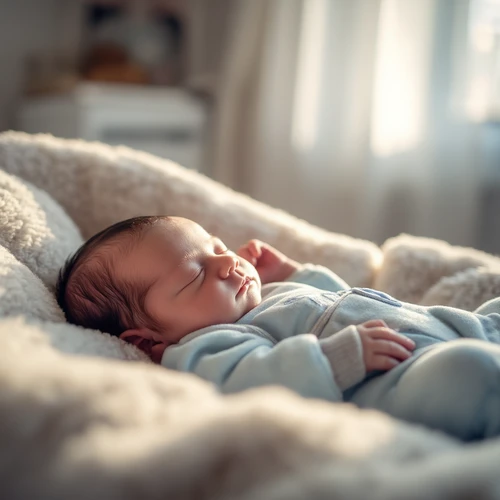Introduction
Choosing the right clothes for a baby can feel overwhelming, but a simple guide can help you make smart decisions that keep your little one comfortable, safe, and stylish. From fabric selection to sizing, layering, and eco‑friendly choices, this comprehensive guide covers everything you need to build a functional and adorable wardrobe for your newborn or toddler.
1. Prioritize Comfort and Safety
Soft, breathable fabrics like 100% cotton, bamboo, and modal are ideal because they reduce irritation and allow your baby’s skin to breathe. Avoid clothing with rough stitching, tags, or tight waistbands that can cause pressure points. Look for garments labeled as “hypoallergenic” or “organic” for extra peace of mind.
2. Know the Right Size
Unlike adults, babies grow rapidly. Use your infant’s birth weight and height to select a size, but keep in mind that most brands offer “newborn” (0–2 months), “1 month” (2–4 months), “3 months” (4–6 months), and “6 months” (6–12 months). A well‑fitted bodysuit should allow a fingertip to slide between the garment and the baby’s abdomen without being too tight.
3. Master Layering Essentials
The key to a versatile wardrobe is layering. Start with a base layer of a soft tee or bodysuit, add a long‑sleeved shirt or cardigan, and finish with a durable outer layer such as a raincoat or swaddle blanket. This approach helps you adapt to temperature changes without buying extra clothing sets.
4. Focus on Practical Features
Look for snap closures, elastic cuffs, and adjustable waistbands to make diaper changes a breeze. Many parents appreciate the convenience of pants with button or elastic leg openings that allow easy removal without disturbing the baby’s diaper. Swaddle blankets with a pouch or hood are also great for keeping infants cozy during sleep.
5. Embrace Seasonal Care
For winter, opt for layered sweaters, knit hats, and mittens that keep warmth without overheating. In summer, choose lightweight dresses, shorts, and breathable shirts. Keep a small stash of seasonal “surprise” outfits—soft sweaters and cozy booties—that can double as gifts for friends and family.
6. Choose Eco‑Friendly Options
Parents increasingly seek sustainable clothing. Organic cotton, bamboo, and recycled polyester reduce chemical exposure and environmental impact. Many brands offer refillable care labels, biodegradable packaging, and fair‑trade certification. Buying in bulk and investing in long‑lasting fabrics can also minimize waste.
7. Plan Your Budget Wisely
The average infant wardrobe can cost between $200–$400, but you can stretch this by focusing on staples like shirts, sleepers, and leggings. Use sales and seasonal clearances—especially for “newborn” sizes—to save money. Additionally, swapping clothes with friends or participating in community trade groups can provide high‑quality items at no cost.
8. Tips for Quick Care and Storage
Wash all new clothing before the first wear to eliminate potential irritants. Store lightweight pieces in mesh bags for easy access, and keep bulkier items folded in labeled bins by season or size. A consistent labeling system ensures you always find the right outfit, even in a busy household.
Conclusion
With the right fabrics, thoughtful sizing, strategic layering, and sustainable choices, building a baby wardrobe can be both practical and joyful. Use this guide to create a collection that grows with your child, adapts to their needs, and brings comfort to everyday parenting moments.


